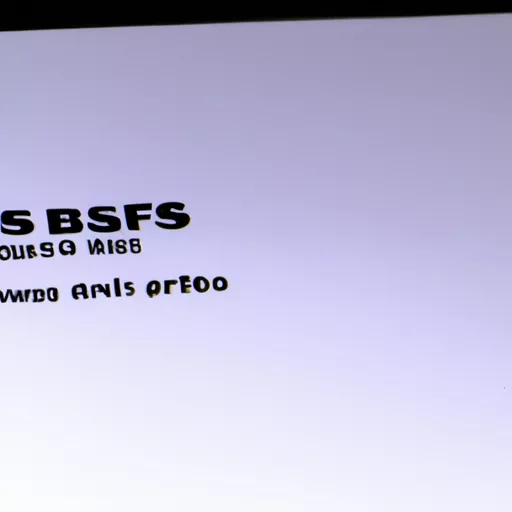
Bootstrap and Foundation are two of the most popular CSS frameworks for website development currently. They both offer ready-made solutions for developing responsive, cross-browser, and mobile-friendly websites, but they have their own features that may affect your choice.
Bootstrap was developed by Twitter and quickly became one of the most popular frameworks. It offers over 20 CSS components such as buttons, forms, tables, and navigation panels, as well as solutions for typography and layout. Bootstrap also includes JavaScript plugins like modals, tabs, and accordions. It has powerful documentation and a wide user community, making it easy and fast to learn.
On the other hand, Foundation was developed by ZURB and offers a more modular approach to development. This means that you can choose only the components you need, avoiding unnecessary code and increasing performance. Foundation also offers a more flexible grid system that can be easily customized to your needs. Additionally, Foundation has its own collection of JavaScript plugins like sliders and pop-ups.
An important aspect to consider is browser support. While Bootstrap has broad browser support, Foundation focuses mostly on modern browsers. If your target audience uses outdated browsers, then Bootstrap may be a more suitable choice.
In the end, the choice between Bootstrap and Foundation depends on your project needs. If you need a user-friendly and performant framework with built-in components and JavaScript plugins, Bootstrap may be the better option. If you are looking for a more flexible and modular solution with advanced customization capabilities, Foundation may be the better choice.


